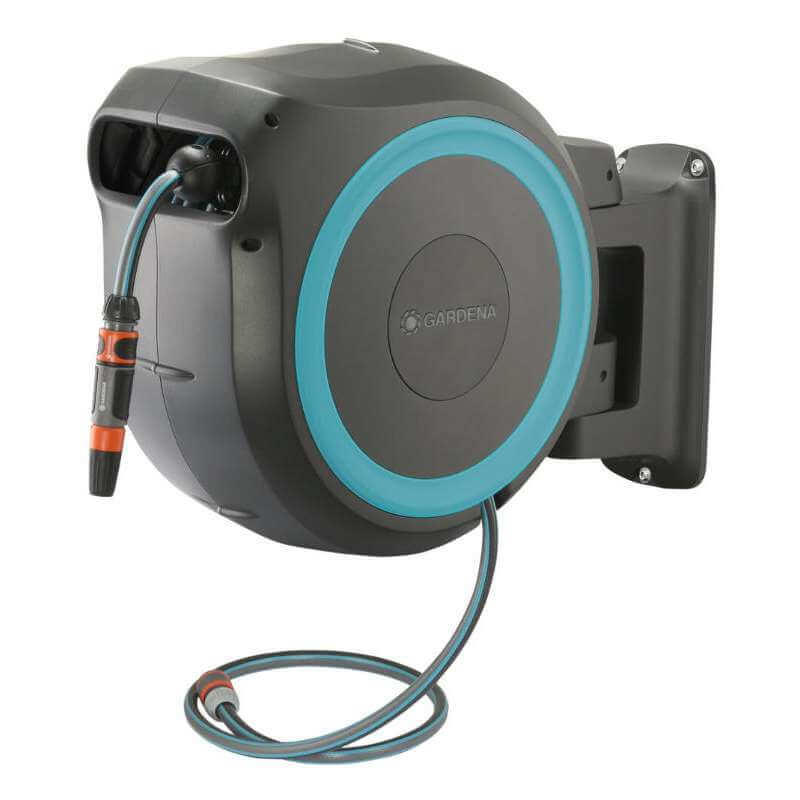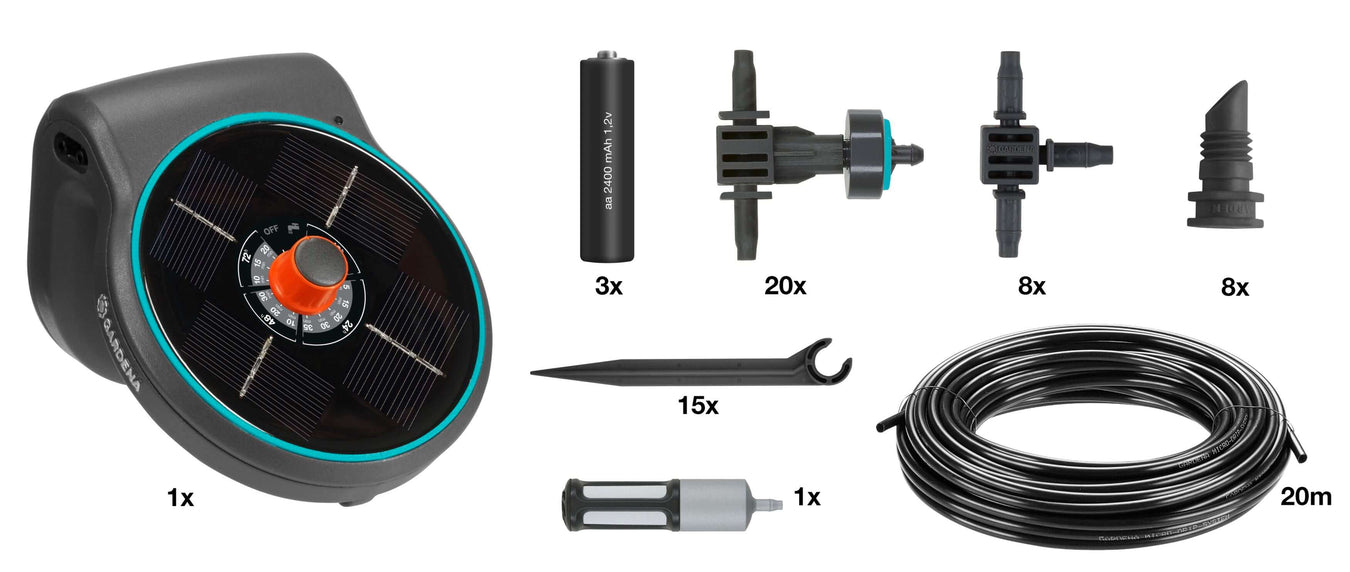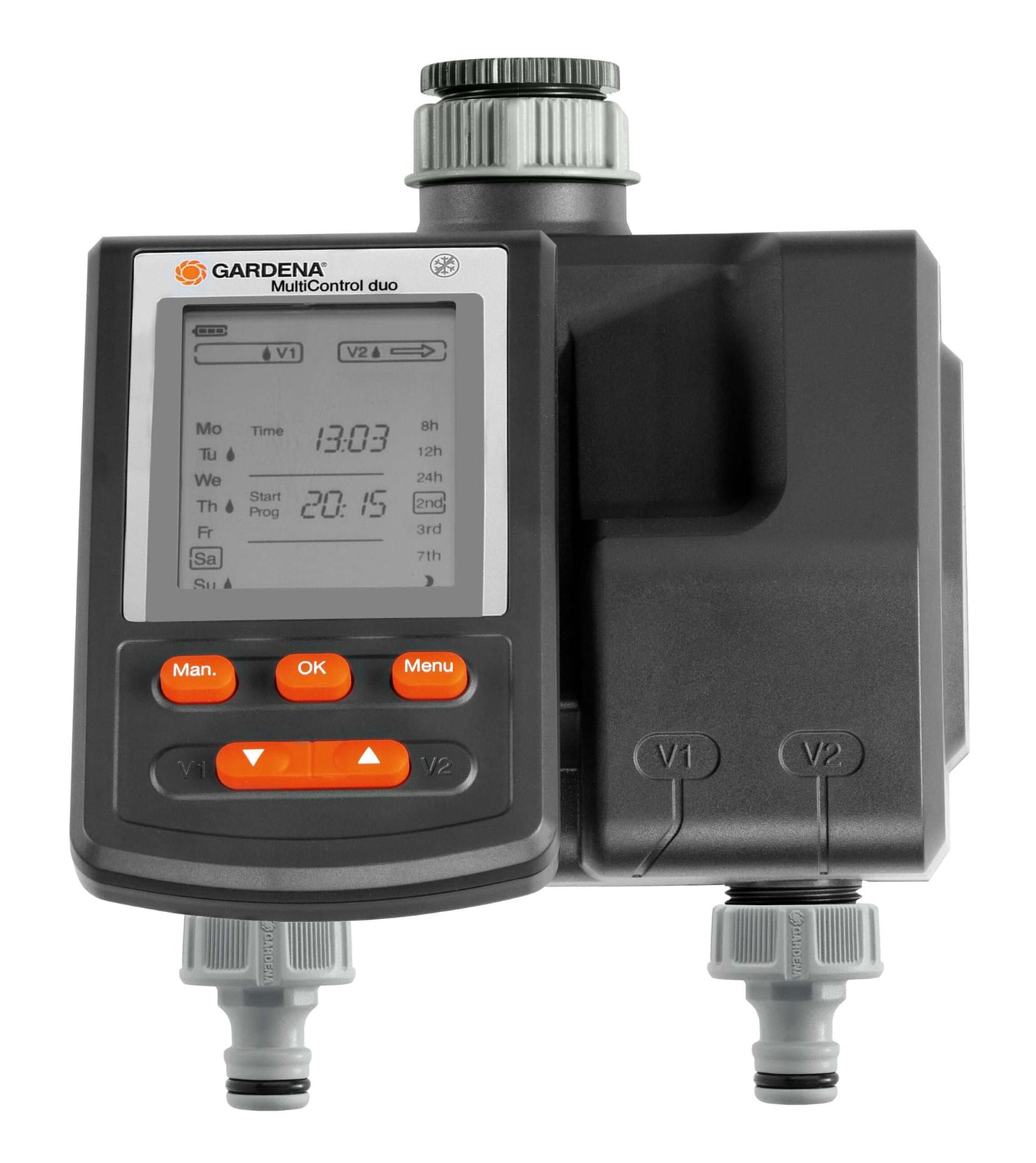Get Expert Robot Mower Advice for Your Lawn

How to water your garden
Water for your garden
Water is key to growing plants well, but only if it is supplied in the right quantity and at the right time. Water is a precious resource and it needs to be used wisely to avoid heavy cost if you pay for your water through a meter, and also because we all don’t have enough of it during the dry months of summer. Water supplies in the UK are affected by climate change, a growing population and the need to protect the river levels that are constantly under pressure due to ever increasing demand for irrigation.
When should you water your garden?
It is best to water in the mornings when the sun comes up and plants will naturally start to use water. Watering in the hottest part of the day is not so beneficial because water is lost through evaporation and the plants will be more efficient in the use of water if supplied in the cooler times of the day. Plants transpire in sunlight, and draw water from the soil, through the root systems, up the stem and out through the pores on their leaves which are called stomata. Watering in the evening is also good, when less evaporation is likely.
How often should you water your plants?
This is not an easy question to answer because each plant has a different need for water. A plant in a container may need everyday watering in hot sunny weather but a mature shrub would be still be quite happy with a once a week drink during a drought. Plants adapt to use the water available to them, so you don’t need to worry about them if the soil dries out in between watering - they don’t need the soil to be soaking all the time.
How much watering is enough, and how much is too much?
Consider the leaf area. Plants with more, or larger leaves are likely to use more water They will need more nutrients for their flowers and fruit, which are dissolved in water and drawn up through the roots.
What is the soil structure and compaction, and its organic matter content?
In clay soil plants are unable to extract every drop of water from soil and some soils may still be damp even though plants are showing distress. A sandy soil may hold less water than a clay one but plants are able to extract more water from sand than clay. So the opposite applies; the sandy soil can seem dry even though there will be moisture still available to plant roots. For this reason clay soils will need more frequent watering than sandy soil. Adding organic matter will improve the water holding capacity of your soil as well as increasing available nutrients.
Root restriction is an important limitation.
The limitation may just be that the plant is growing in a border or merely suffering from root restriction by being next to a wall. A large plant in a small pot will need more frequent watering than a smaller one in a border because the roots can grow wherever they are able to find water and draw moisture. Plants that are pot-bound with more roots than soil in the pot dry out very quickly and require constant attention to their water requirements.
Weather and Climate.
Obviously rainfall, sunshine, temperature, wind and humidity all affect the watering needs of your garden. In general warmer summer months with no lengthy rainfall result in drying out that requires consistent watering, and watering will need to be more frequent during prolonged dry spells. Even light showers don’t help much because the water simply evaporates or does not penetrate the surface of the soil where there are few roots.
What are the signs that your garden needs more watering?
Some detective work is required, because you are looking for a combination of clues. There may be a noticeable lack of growth of foliage, fruit or flowers. Dull leaves or stems which sometimes start to curl, or point downwards. Wilting can also occur if you overwater so look for other supporting evidence. If in a pot, pick it up, is it lighter in weight? A dry surface does not tell the whole story because water is needed at the root tips, push the full length of your finger down into the soil to see if it is damp, rather than just feeling the surface.
Gardena Hose Products
You will need a reliable and easy to use delivery system, ideally a hose. If you stick to a quality brand, like Gardena, watering your garden becomes a pleasure not a chore. Gardena hose trolleys can be free standing, wheeled, or wall mounted. The Gardena hoses are the best quality, reliable and durable hoses available and do not kink or flatten - they last for ever and are worth every penny.
How Much Water Do Plants Need?
Plants can only effectively use water through their roots, drawing on moisture in the surrounding soil. The water has to be made available at the roots and not the leaves. In fact wetting the foliage is ineffective because of rapid evaporation, and even harmful by encouraging fungal problems. Watering the soil thoroughly, but less frequently helps get the water down to the deeper root tips and it is better to water the garden before completely drying out, so that you maintain moisture levels at the root level. Light watering is often futile and can even lead to roots coming to the surface rather than encouraging deep roots. So it is better to water thoroughly and less often and avoid watering during the heat of the day when evaporation makes it counterproductive.
It pays to have a quality spray gun on your hose, such as the superb Gardena Comfort Multi-sprayer, to allow you to get a sufficient volume of water onto the bed, without flooding it and washing soil away. You need to allow the water to penetrate the dry upper levels without disturbing the soil surface, using a fine spray and lots of patience, so that you get sufficient moisture to the root zone.
Using A Soaker Hose
Another excellent method to achieve the all important infiltration without surface flooding is the using something like the Gardena Soaker Hose. The hose can be places unobtrusively above the root system of a row of plants and because the hose is porous it precisely distributes water slowly and accurately, without waste
An alternative Gardena system is available for controlled application of water to plants, in pots, or beds. The GARDENA Micro Drip System is brilliant. It’s economical and precise, and can be purchased as individual components or as a set, and best of all, automated. With the Gardena "Quick & Easy" connection technology, all components can be effortlessly combined and easily separated again if required. Just add sprinklers, underground drip pipes and many other useful components to the circuit to create a fully automated watering system, and use the Gardena Flex water programmer for controlling watering in frequent small doses - without you even being home! This can be particularly useful if you go away on holiday - no need to worry about your garden while you’re away.





